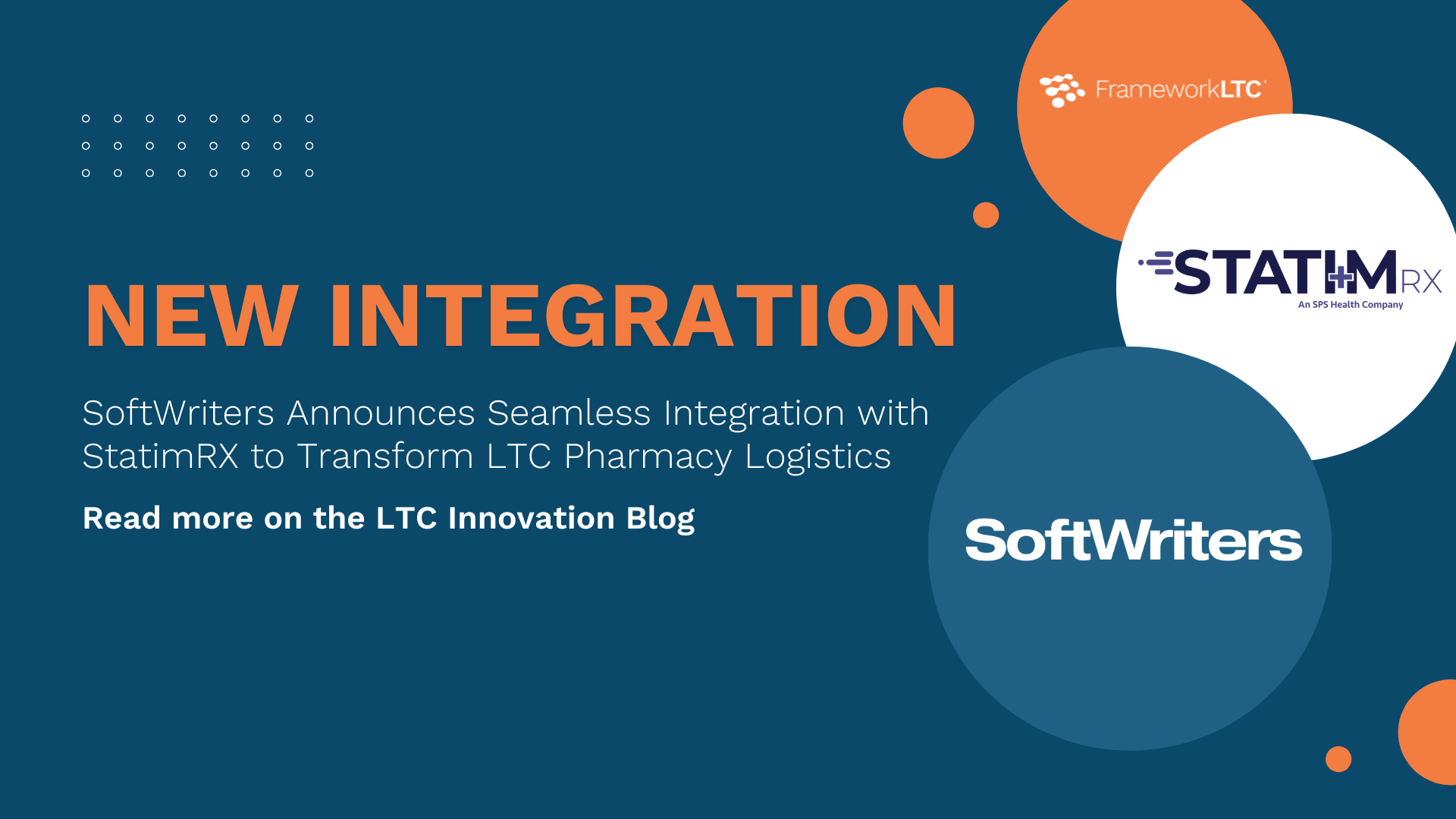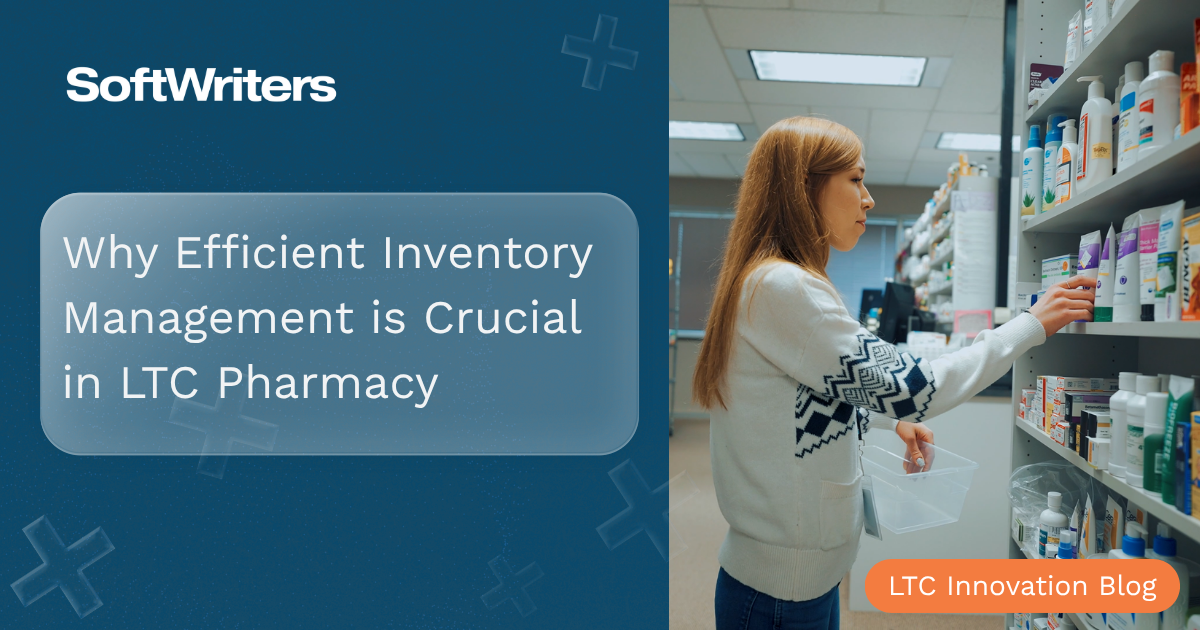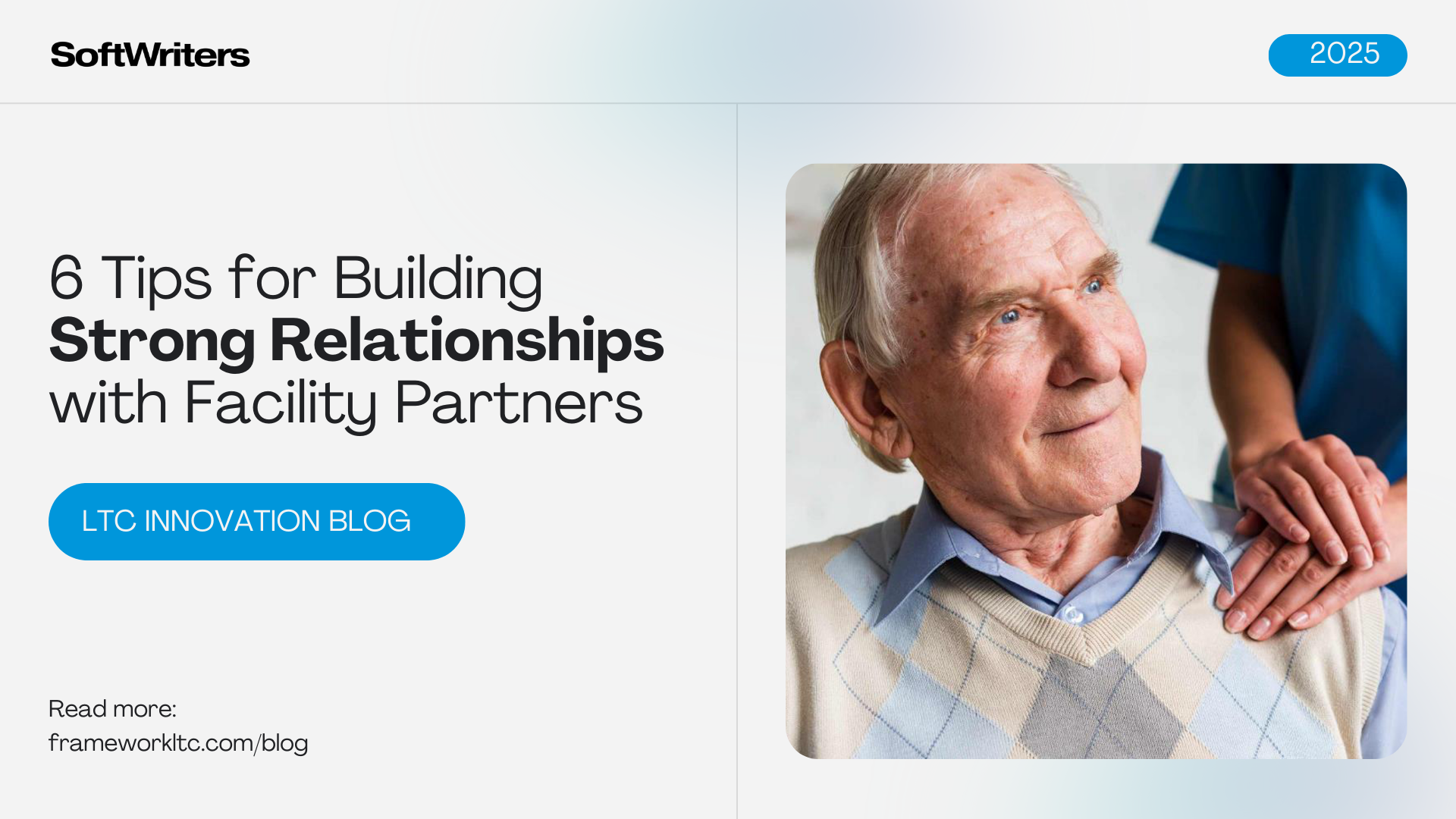long-term care best practices, industry updates, and more
The LTC Innovation Blog
Clear Filters
Subscribe

September 2, 2025
|
Inventory,
Consulting,
FrameworkInsight
Inventory Management Approaches for Your LTC Pharmacy
In our recent article, we highlighted the significant, often hidden, costs associated with inefficient inventory management in Long-Term Care (LTC) pharmacies. Now, let's explore practical and proven approaches that your pharmacy can implement to gain control, optimize your stock levels, and enhance overall operational efficiency.
Read More
.png)
August 6, 2025
|
Product,
Press Release
SoftWriters Announces the Launch of FrameworkInsight
Introducing FrameworkInsight: An Innovative Cloud-Based Business Intelligence Platform for Long-Term Care (LTC) Pharmacies
Read More

July 17, 2025
SoftWriters StatimRx Partnership
PITTSBURGH, PA – July 17, 2025 – SoftWriters, the leading provider of pharmacy management software for long-term care (LTC) pharmacies, is proud to announce a new integration between the FrameworkLTC product suite and StatimRx’s logistics platform, enabling real-time delivery data exchange and increased delivery management options across the medication fulfillment lifecycle.
Read More

July 7, 2025
|
Cash flow,
Inventory,
CMS Final Rule
Why Efficient Inventory Management is Crucial for Your LTC Pharmacy
In long-term care (LTC) pharmacy, pharmacies hold a high volume of medications, which also carry high inventory costs. The efficiency of your back-end operations, particularly inventory management, plays a silent but significant role in your financial health and overall success. Are you fully aware of the hidden costs that inefficient inventory practices might be inflicting on your bottom line? In this article, we'll delve into some key metrics that underscore the critical importance of effective inventory management in your unique setting and review some practices you can consider implementing today to improve your approach to inventory management in the pharmacy:
Read More

June 17, 2025
|
FrameworkLTC
Switching LTC Pharmacy Software: Everything You Need to Know
Technology is a must-have in the pharmacy industry today. Automation empowers pharmacies to work more efficiently, provide better service for their customers, and identify new opportunities to optimize and scale their business over time.
Read More

April 15, 2025
|
LTC pharmacy
6 Tips for Building Strong Relationships with LTC Facility Partners
Long-term care (LTC) pharmacies do more than dispense medications. They are critical in ensuring seamless care, reducing administrative burdens, and helping facilities stay compliant. But strong partnerships don’t happen automatically; they require open communication, reliable service, and a deep understanding of facility workflows.
Read More

April 7, 2025
|
LTC pharmacy,
Regulatory
Compliance Checklist: Ensuring Your LTC Pharmacy Meets Regulatory Standards
Compliance is the foundation of safe, effective pharmacy operations in long-term care (LTC) settings. The regulatory landscape is complex, with strict oversight designed to protect patients and ensure proper medication management. Failure to comply can lead to severe consequences—fines, legal action, reputational damage, and (most importantly) harm to residents who rely on accurate and timely medication delivery.
Read More

March 31, 2025
|
LTC pharmacy
Medication Management 101: Best Practices for LTC Pharmacies
Effective medication management is a must for LTC pharmacies—ensuring patient safety and regulatory compliance and fostering strong partnerships with facility staff. That said, achieving this level of precision can be challenging without a clear strategy and the right tools. LTC pharmacies can streamline workflows and deliver superior care by integrating technology, automation, and best practices.
Read More